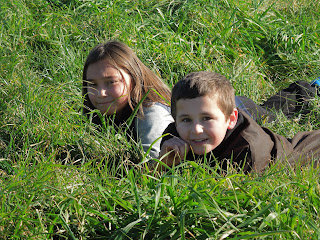Dancing Raisins Part 2...
Designing a FAIR TEST
Room 3 decided whether to test density of an object or test the level of carbonation of different sodas.
A fair test needed to be set up. All measures needed to be the same with only one variable (Change)
If testing the different soda, students needed to have the same amount of raisins, same level of liquid, same type of cup, same temperature. the only change would be the type of soda.
Some groups were keen to test different types of seeds, different types of dried fruit, different types of soda.
We planned our Fair test, made some predictions, tested the soda or different type of dried fruit, recorded the observations and came to some conclusions..
Questions and consideration for text time around:
How can we measure or record the results better - Do we need a timer or a video?
Does the amount of sugar in the soda effect the amount of carbonation a soda can hold?
Can we carbonate our own water?






















